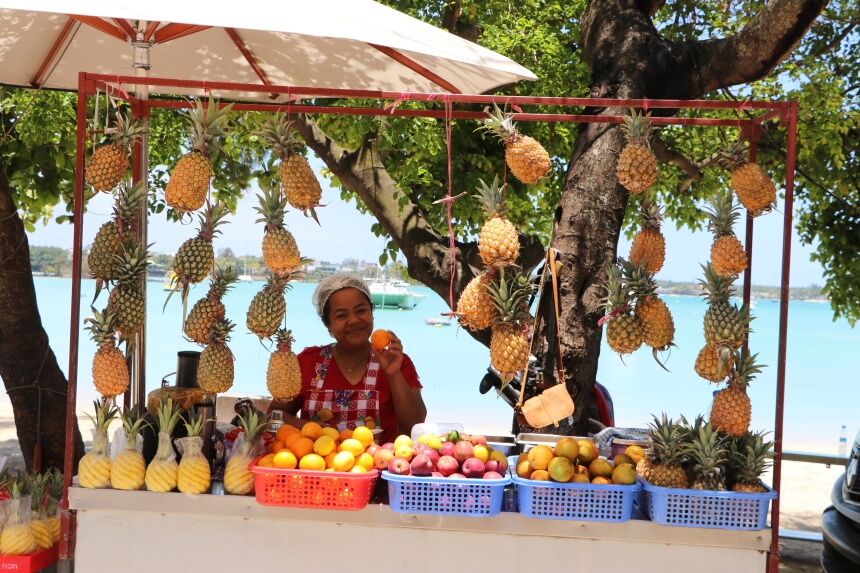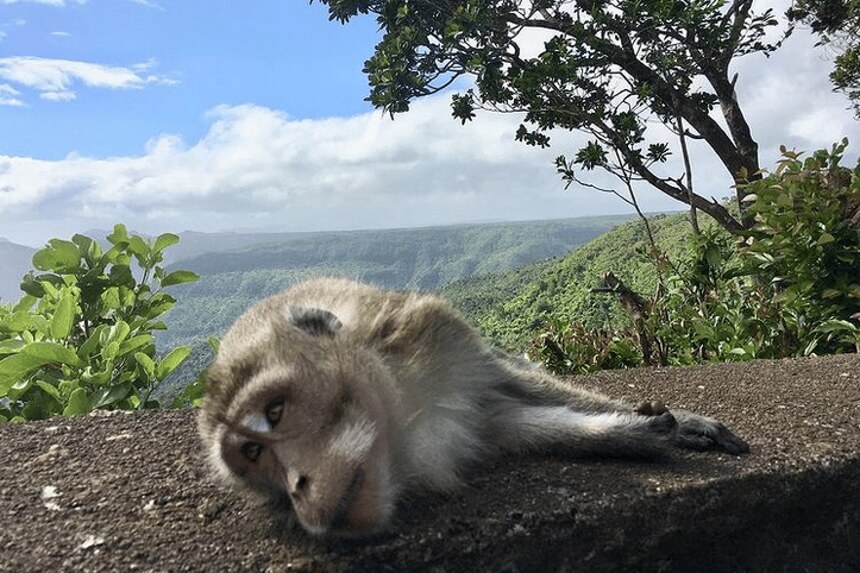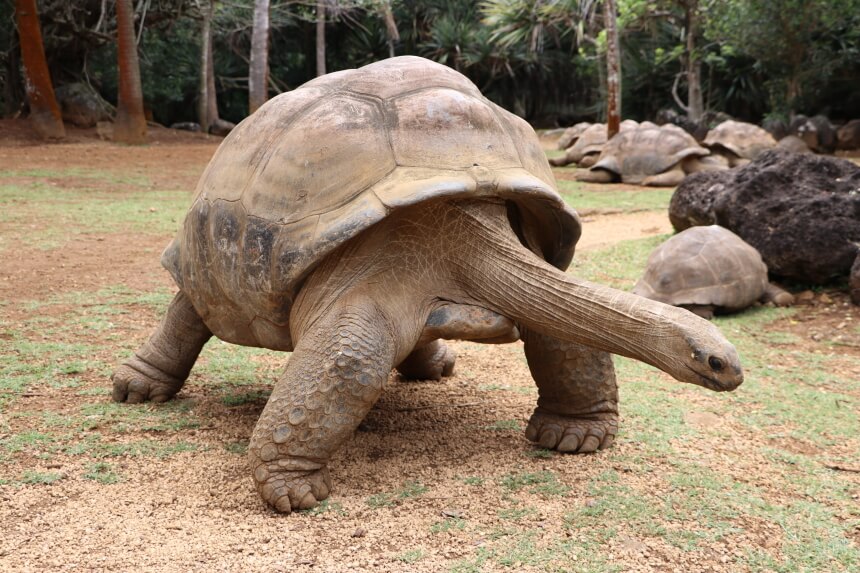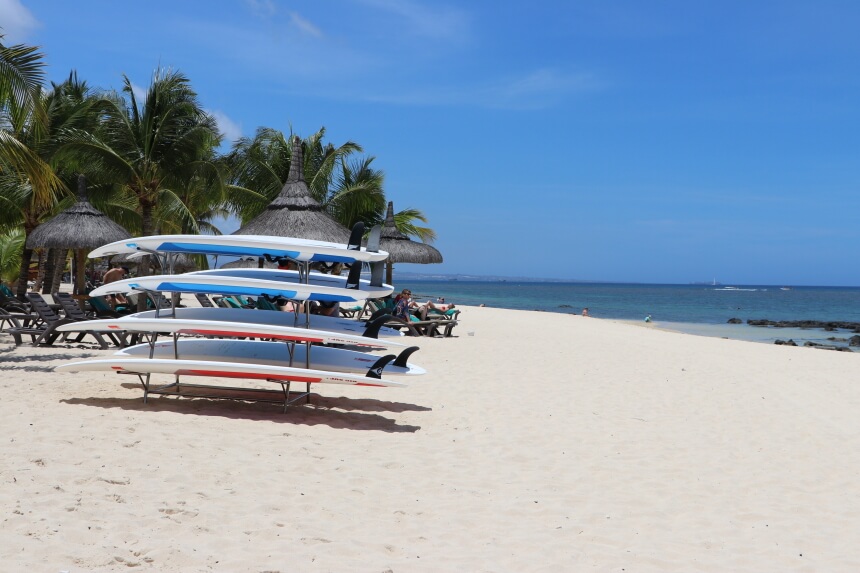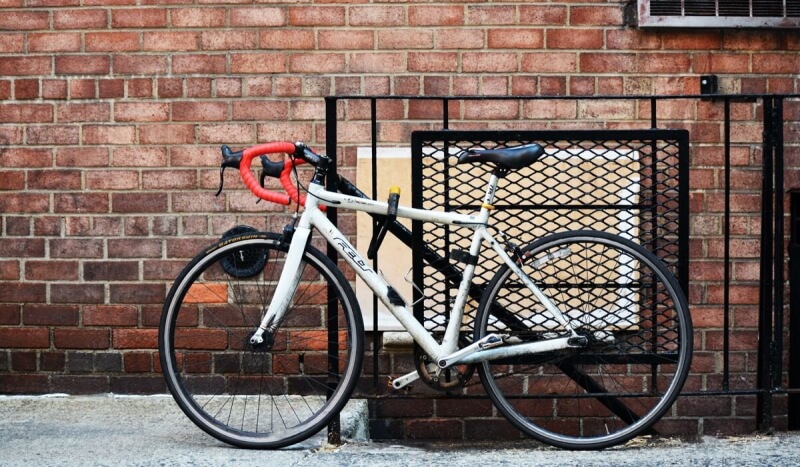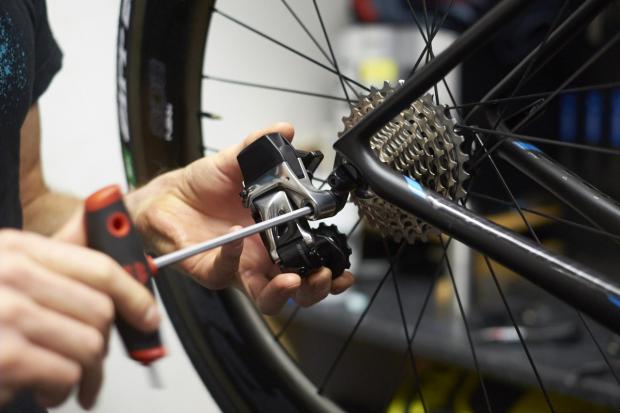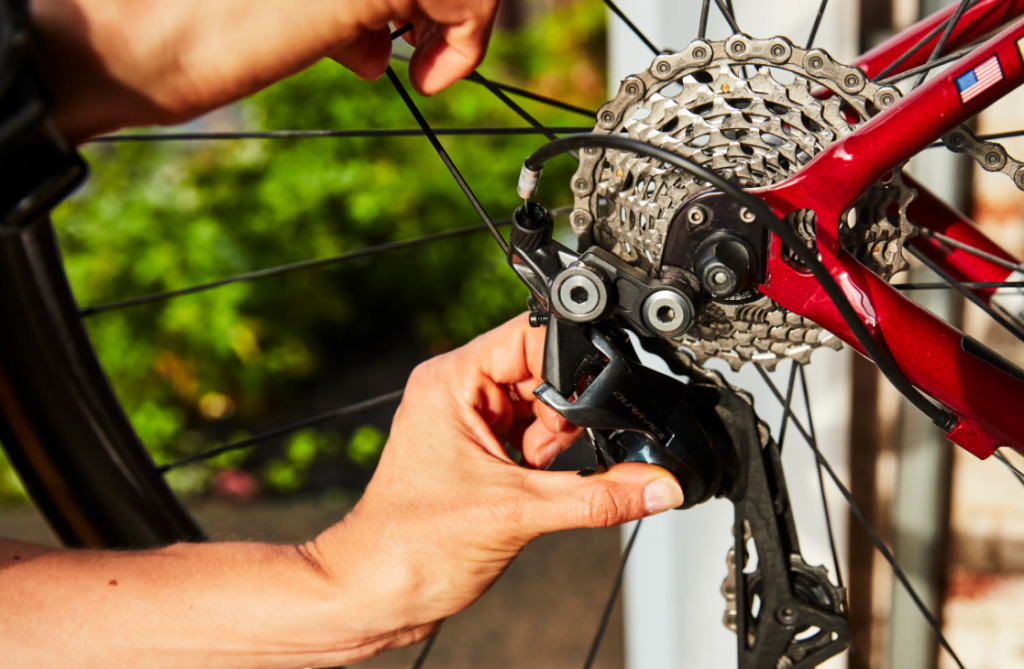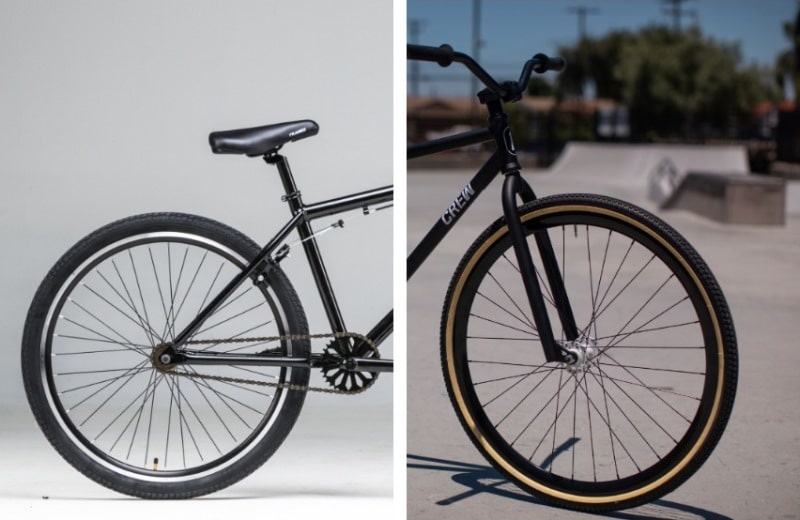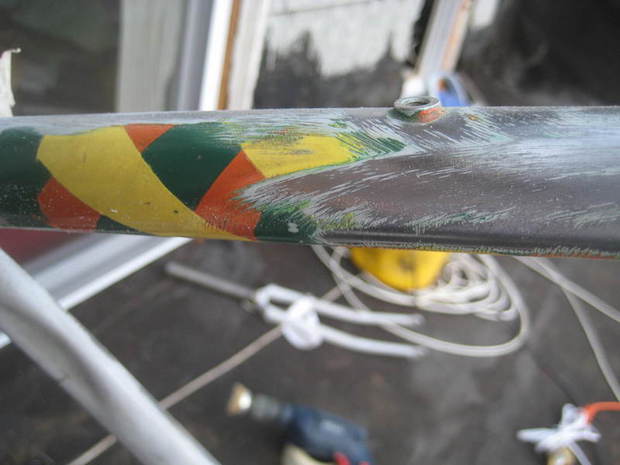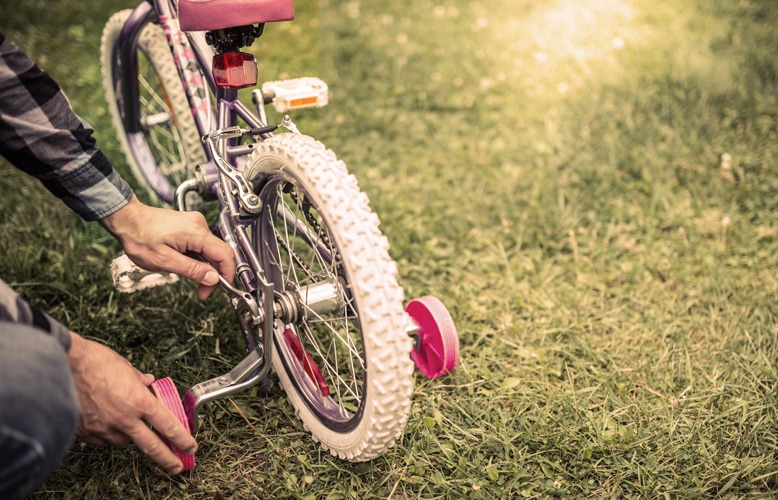- Trails
-
Bikes
-
Gear
-
Tips & Tricks
-
About us



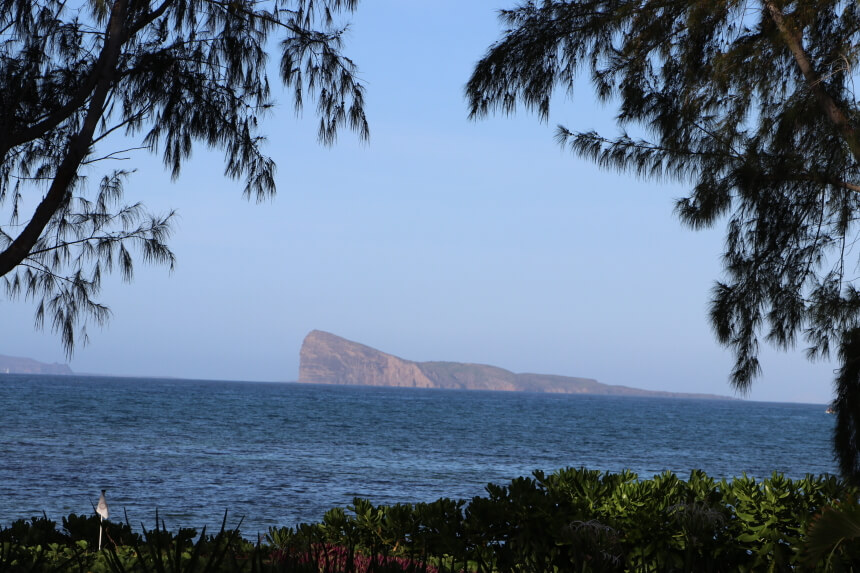 There is always some confusion as to the best time to visit Mauritius and this is because their Winter is May to October and their Summer is November to April. That will immediately baffle many!
There is always some confusion as to the best time to visit Mauritius and this is because their Winter is May to October and their Summer is November to April. That will immediately baffle many!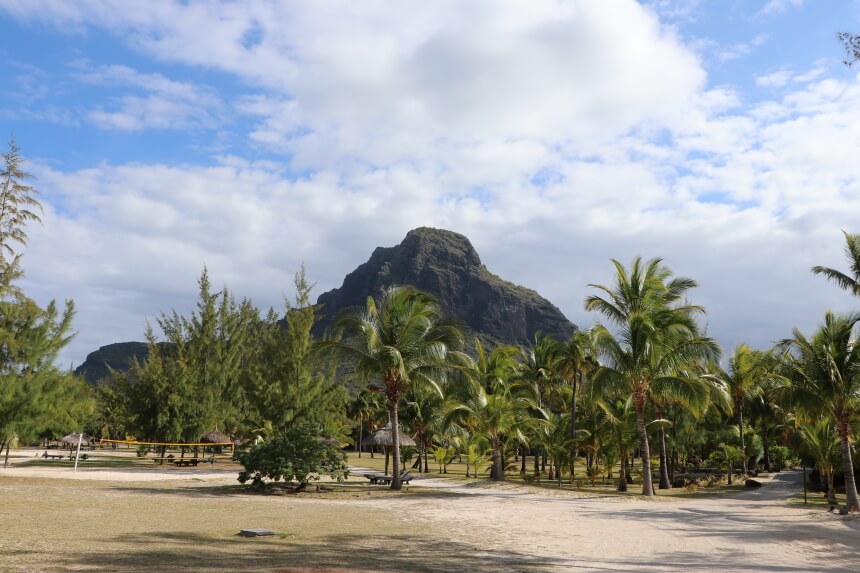 For those seeking to harness pedal power over horse power, there is the chance to explore the island on an E- Bike which comes with power-assisted pedalling – just what you need to get you through those last few metres of a long tough ride.
For those seeking to harness pedal power over horse power, there is the chance to explore the island on an E- Bike which comes with power-assisted pedalling – just what you need to get you through those last few metres of a long tough ride.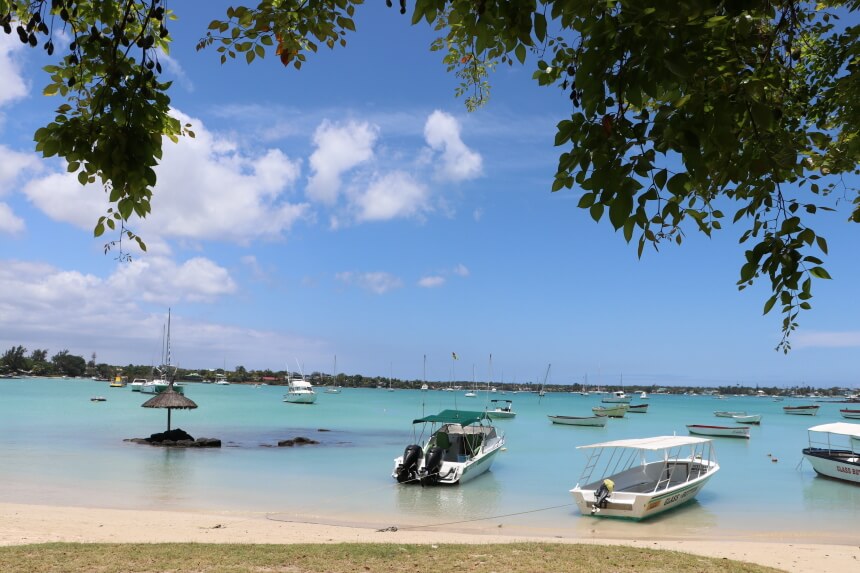 There are plenty of options when it comes to renting bicycles in Mauritius, that is if you have not brought your own.
There are plenty of options when it comes to renting bicycles in Mauritius, that is if you have not brought your own.